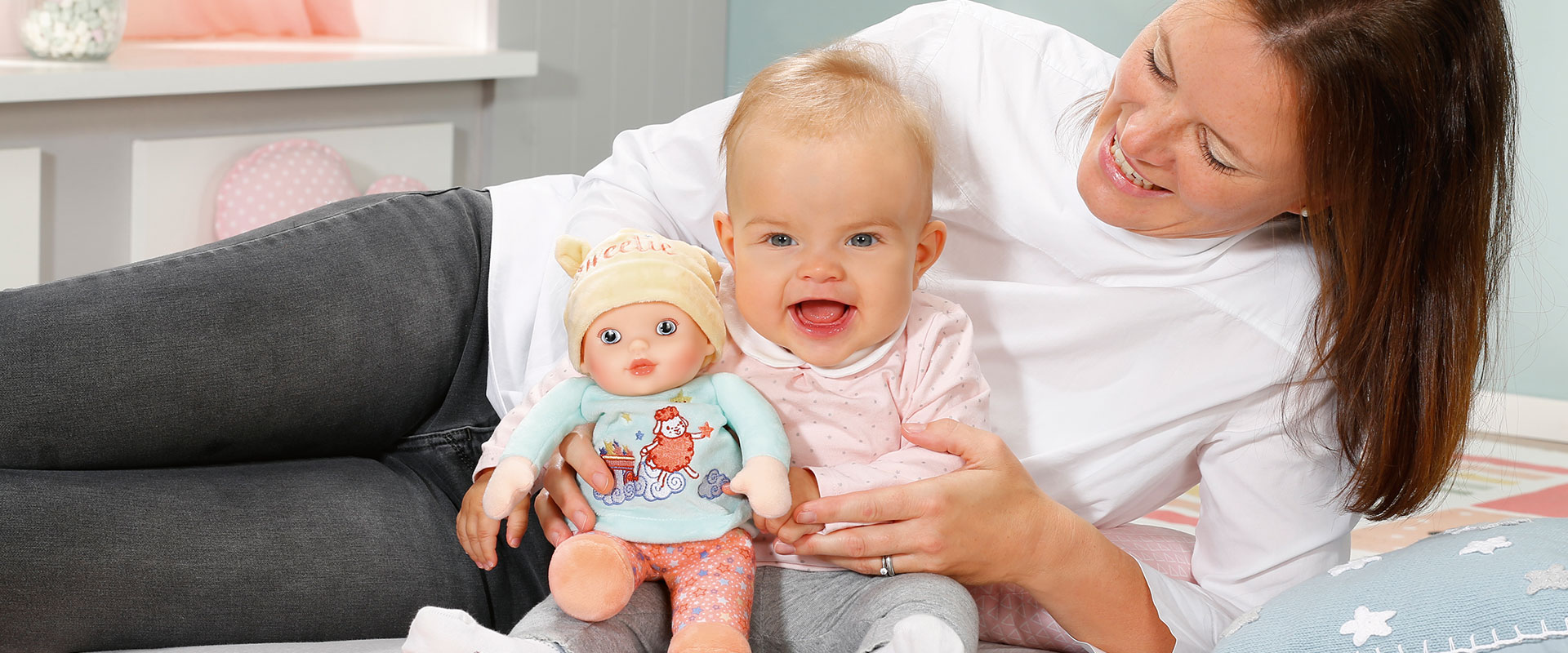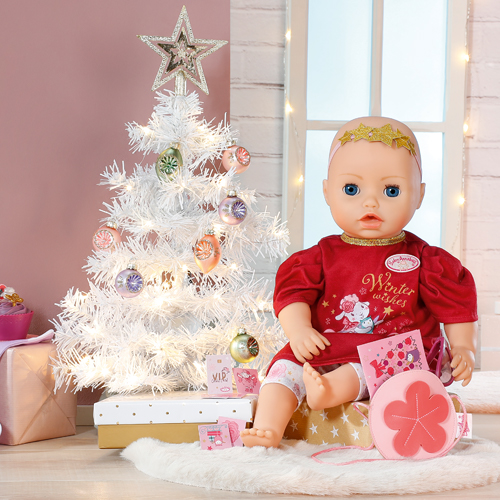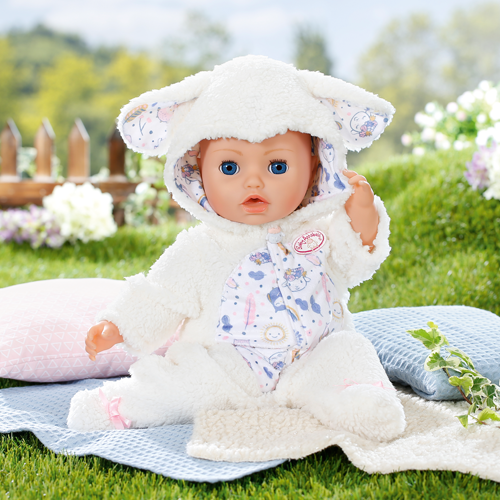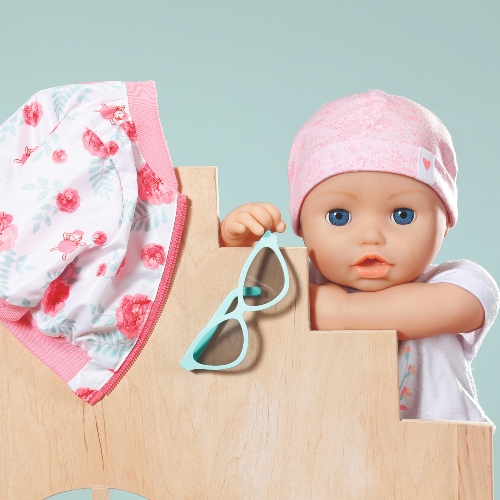The arrival of a new baby is an exciting time. And now you’ve done it all before, you know how to change a nappy and could put a bottle together with your eyes closed. But every extra bundle of joy brings about new challenges, as you may have already learned. Being pregnant is one thing, but being pregnant while chasing around after an energetic toddler is another!
You may be asking yourself how to prepare your three-year-old for a new sibling. There are all sorts of tales online about children who were less than welcoming to their new little brother or sister – youngsters who are jealous of the new baby, are too rough with him or her, or even say they want to “send the baby back”. This can be worrying to hear and naturally we want to avoid this type of reaction as much as possible.
In an ideal world, older siblings will welcome the new baby with open arms and lots of cuddles. However, a new sibling is a big change for children to get their heads around. Toddlers, who are still learning to understand and cope with their more powerful emotions, can find this particularly difficult. Here are a few ways you can gently prepare your three-year-old for a new sibling, before the baby arrives.
Talk about when your toddler was born
Your toddler won’t remember being a baby themselves but will love learning about their early days. You could talk about when you were pregnant with them, such as how you craved lemons or how they “danced” when they were in your belly. Get out the baby photos and their baby clothes so they can see how small they once were! Remind them how much you cuddled and played with them so they know how loved they have always been.
Get your toddler involved
Showing your toddler scans of the baby and pointing out their new brother or sister’s little head, hands, and feet can help them feel included. You could have them feel the bump when the baby is kicking and ask what they think their little brother or sister is doing in there.
Encouraging curiosity about the new baby can help them better understand what’s happening. Be prepared for the classic “where do babies come from?” question! Letting your child guide the conversation and asking questions back, to understand what they really want to know, can keep discussions age-appropriate and avoid creating more confusion.
Use a baby doll for practice
A baby doll can be used to teach your toddler what kind of care the new baby will need; such as being rocked and burped, fed with a bottle, or having nappies changed. This will help your toddler understand the new routine and can also be used to learn how they, as the important older sibling, can lend and hand – for example, by passing clean nappies or gently scooping water onto the baby during bathtime.
The Baby Annabell and Baby Alexander dolls have lots of life-like functions to bring the doll to life and inspire your child’s imaginative play. Annabell and Alexander drink real water from their bottles, burp, cry, giggle, and yawn when they’re sleepy, just like a real baby. This can help encourage your child to think about what their baby doll needs and the different ways they can care for him or her.
You can also explain that babies are very delicate, showing them how to be gentle by pointing out the extra sensitive areas on the baby doll – the eyes, nose, mouth and soft spot. You can also plan how they can show their love to the new baby by gently stroking the doll’s head or carefully holding its hand. Together, plan other ways they can play with the baby, such as singing nursery rhymes or pulling funny faces.
Leaving the baby doll out along with other toys such as a baby bottle, changing mat, and crib will mean that your child can continue practising these new routines during play time. It can also be a good way for them to make sense of their thoughts and feelings around the new baby through play. Keeping an eye on how they play, both before the baby arrives and after, may give you some insight into their world so you can talk to your toddler about anything they seem to be worrying about.
Talking to your toddler about the new baby, getting them involved with their new brother or sister, and using a baby doll to help with these conversations can help prepare your three-year-old for a new sibling.
When the baby comes along your toddler may need lots of reassurance that they are still loved, so it can help to praise them for being a good sibling, having lots of cuddles, and setting aside ten minutes every day just for them.
Written by Dr Amanda Gummer



